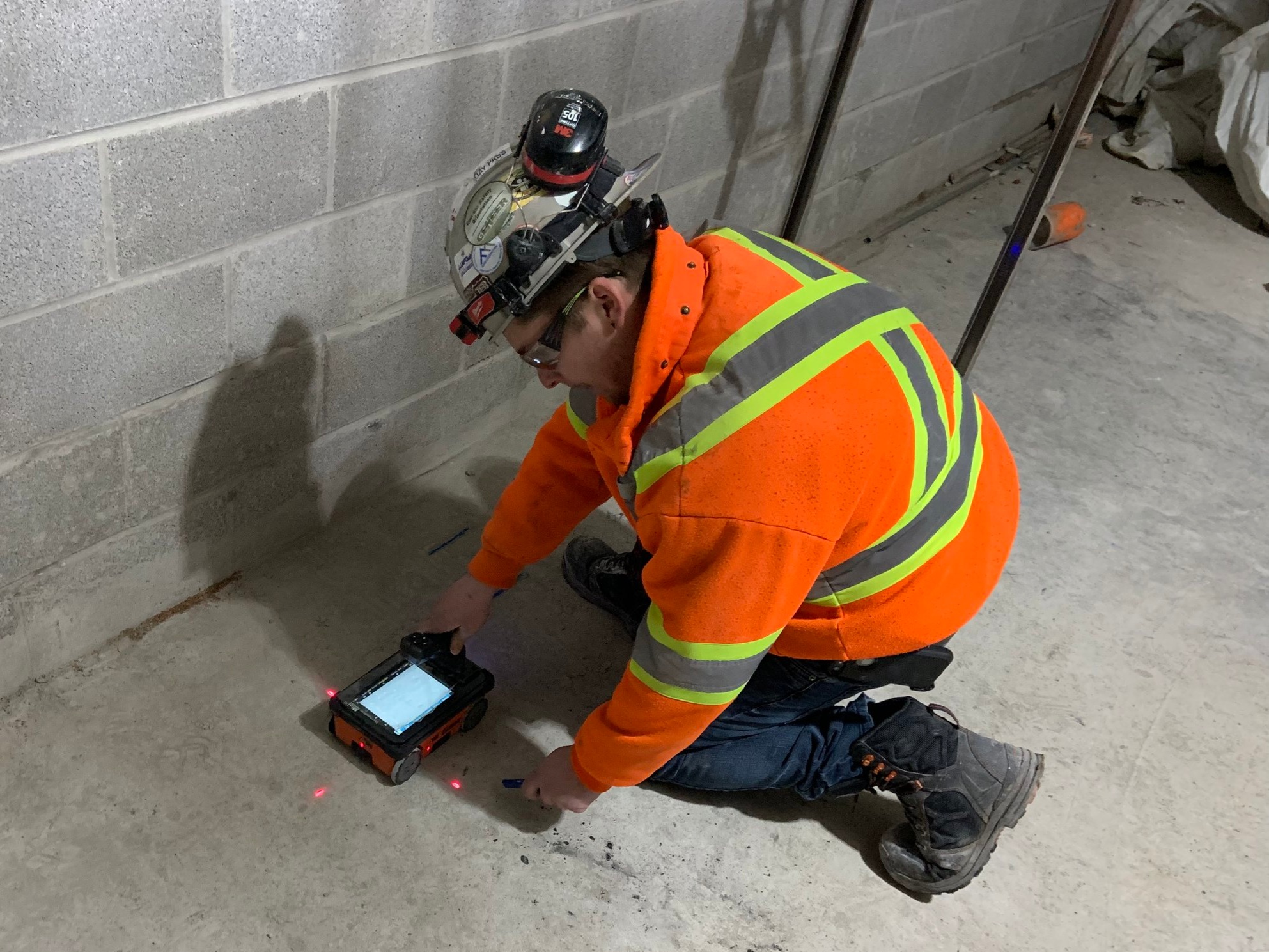Checking Out the Trick Benefits of Concrete Scanning in Building And Construction Projects
In the world of contemporary building techniques, the usage of concrete scanning innovation has arised as an essential tool for making sure project performance and architectural honesty. From enhancing precaution to accurately spotting utilities concealed beneath the surface area, the advantages of concrete scanning are complex. The capacity to streamline job timelines and reduce expenses while protecting existing structures is a testament to the worth this modern technology brings to the building sector. As we look into the nuanced advantages of concrete scanning, it comes to be noticeable that its impact extends much beyond surface-level evaluations, providing a look into the complex internet of advantages waiting to be uncovered.
Improved Precaution
Making use of advanced concrete scanning modern technology improves precaution on building and construction websites by offering precise detection of prospective dangers concealed underneath the surface. This innovation allows construction teams to determine rebar, channels, post-tension wires, and various other obstructions before excavation or drilling, dramatically reducing the danger of accidents. By determining these elements precisely, employees can stay clear of destructive vital structural elements, hence preventing injuries, hold-ups, and pricey repair services.
Additionally, concrete scanning plays a vital role in making sure the stability of existing structures during renovations or expansions. By discovering weak points, spaces, or deterioration within concrete aspects, engineers can deal with these issues proactively, enhancing the general security and long life of the structure. This proactive technique not only mitigates the threat of architectural failures yet additionally decreases the possibility for accidents brought on by unexpected structural deficiencies.
Essentially, the execution of concrete scanning modern technology offers as a proactive precaution that safeguards both building and construction employees and the architectural integrity of buildings, ultimately adding to the total success and effectiveness of construction jobs. - RainierGPR Concrete Scanning
Accurate Detection of Utilities
Concrete scanning technology assists in exact identification of below ground utilities, enhancing building and construction site security and effectiveness. Accurate detection of energies is crucial in building and construction tasks to stop costly problems, job hold-ups, and most importantly, guarantee the security of employees and the public. By utilizing sophisticated scanning modern technologies such as ground-penetrating radar (GPR) and electro-magnetic induction, construction teams can draw up the area of buried pipelines, wires, and various other utilities with high degrees of precision.

Time and Price Effectiveness

Concrete scanning technology allows construction groups to properly situate rebar, post-tension wires, and various other ingrained things within concrete structures. This specific details helps in staying clear of pricey blunders such as unintended damages to crucial aspects throughout boring, reducing, or coring activities. Additionally, by recognizing prospective dangers in advance, the demand for expensive repairs or rework due to damages can be lessened, bring about cost savings for the job.
Moreover, the capability to swiftly and properly identify energies beneath the surface area without causing any kind of damages not only conserves time but likewise prevents pricey interruptions to existing facilities. Generally, the moment and price effectiveness advantages of concrete scanning make it a very useful device for enhancing building task management and execution.
Conservation of Structural Stability
Protecting the architectural stability of buildings and infrastructure is vital in making certain long-term stability and safety and security. Concrete scanning plays a critical function in this conservation procedure by enabling construction specialists to recognize possible hazards to the architectural integrity of a structure or facilities prior to they intensify into major concerns. Through the usage of advanced scanning modern technologies such as ground-penetrating radar (GPR) and electromagnetic induction, building groups can non-invasively examine the problem of concrete structures, situate rebar, post-tension cords, and various other embedded elements, and identify any kind of voids, cracks, or deterioration within the concrete.
Improved Project Preparation
In order to make sure the successful execution of building and construction jobs, careful attention to detail and complete planning are important parts that stem from a detailed understanding of the structural conditions identified through concrete scanning. Eventually, integrating concrete check this site out scanning right into the project planning stage boosts sychronisation amongst team members, promotes aggressive analytical, and contributes to the effective shipment of building tasks within spending plan and routine constraints.
Final Thought
In conclusion, concrete scanning offers numerous advantages in building projects. By improving safety actions, accurately discovering utilities, improving time and cost performance, protecting architectural honesty, and helping in job planning, concrete scanning verifies to be an essential device for successful project execution. Its capacity to reduce dangers, enhance performance, and guarantee job stability makes it an important asset for building and construction professionals.
In the realm of contemporary construction practices, the application of concrete scanning modern technology has arised as a crucial tool for guaranteeing project performance and architectural stability.Concrete scanning technology enables construction groups to properly situate rebar, post-tension wires, and other ingrained things within concrete frameworks. With the usage of innovative scanning innovations such as ground-penetrating radar (GPR) and electromagnetic induction, building and construction groups can non-invasively examine the condition of concrete frameworks, locate rebar, post-tension cords, and various other embedded elements, and determine any kind of voids, fractures, or deterioration within the concrete.
In order to make certain the successful implementation of construction jobs, meticulous focus to detail and complete planning are necessary components that stem from a thorough understanding of the architectural problems recognized via concrete scanning. Eventually, incorporating concrete scanning right into the project preparation stage boosts control amongst group members, cultivates positive analytic, and contributes to the effective shipment of building tasks within spending plan and routine restraints.